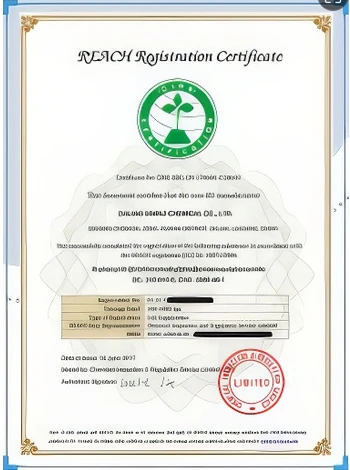



products with sodium hydroxide
The Role of Sodium Hydroxide in Everyday Products
Sodium hydroxide, commonly known as lye or caustic soda, is a strong alkaline compound with the chemical formula NaOH. It is a white, solid ionic compound that is highly soluble in water, resulting in a highly exothermic reaction. Due to its versatile nature, sodium hydroxide is found in a wide range of everyday products across various industries. This article explores the applications of sodium hydroxide and its importance in the formulation of numerous household and industrial products.
1. Cleaning Agents and Drain Cleaners
One of the most common uses of sodium hydroxide is in cleaning agents. Its powerful alkaline properties make it effective in breaking down grease, oils, and fats, making it an essential ingredient in many household cleaners. Products such as oven cleaners, degreasers, and degreasing agents often contain sodium hydroxide, which helps to remove tough stains and residues.
Sodium hydroxide is also a key component in drain cleaners. When poured down clogged drains, it reacts with the water and organic materials, producing heat that can dissolve stubborn blockages like hair, soap scum, and food particles. This immediate and potent effect is highly valued for maintaining clean plumbing systems.
2. Food Industry Applications
Interestingly, sodium hydroxide plays a role in the food industry, particularly in food processing and preparation. It is used in the production of products like pretzels and olives. For pretzels, a brief soak in a sodium hydroxide solution gives them their characteristic glossy finish and unique flavor. In the case of olives, lye is used to remove the bitterness from the fruit, making them more palatable.
While sodium hydroxide is considered safe when used correctly in food processing, it is crucial to ensure that any lye used in food preparation is adequately neutralized and rinsed to prevent ingestion of harmful residues.
products with sodium hydroxide

Sodium hydroxide also finds its way into a variety of personal care products. It is used in cosmetics and skin care items to adjust pH levels, ensuring that products remain safe and effective on the skin. For example, soaps often contain sodium hydroxide because it is a key ingredient in the saponification process, where it reacts with fats and oils to produce soap and glycerin.
Furthermore, many shampoos and conditioners utilize sodium hydroxide to balance their pH. This is particularly important for maintaining the health and integrity of hair and scalp, ensuring that products can cleanse effectively without causing irritation.
4. Industrial Applications
Beyond household products, sodium hydroxide is crucial in various industrial applications. It serves as a key ingredient in the manufacturing of paper, textiles, and detergents. In the paper industry, it is used to break down wood chips, enabling the extraction of cellulose fibers for pulp production. In textile manufacturing, it helps bleach and clean fabrics before dyeing processes.
Additionally, sodium hydroxide is essential in the production of biodiesel, acting as a catalyst in the transesterification process that converts fats and oils into fatty acid methyl esters (FAME).
Conclusion
Sodium hydroxide is undeniably a vital component in a myriad of products we encounter daily, from cleaning agents to food and personal care items. Its ability to break down organic matter, adjust pH levels, and facilitate chemical reactions makes it indispensable across numerous industries. While beneficial, it is essential to handle sodium hydroxide with care due to its corrosive nature, and consumers should be aware of its presence in the products they use. Understanding the role of sodium hydroxide not only highlights the chemistry behind these products but also emphasizes the need for safety and responsible usage in our daily lives.
-
Why Sodium Persulfate Is Everywhere NowNewsJul.07,2025
-
Why Polyacrylamide Is in High DemandNewsJul.07,2025
-
Understanding Paint Chemicals and Their ApplicationsNewsJul.07,2025
-
Smart Use Of Mining ChemicalsNewsJul.07,2025
-
Practical Uses of Potassium MonopersulfateNewsJul.07,2025
-
Agrochemicals In Real FarmingNewsJul.07,2025
-
Sodium Chlorite Hot UsesNewsJul.01,2025










